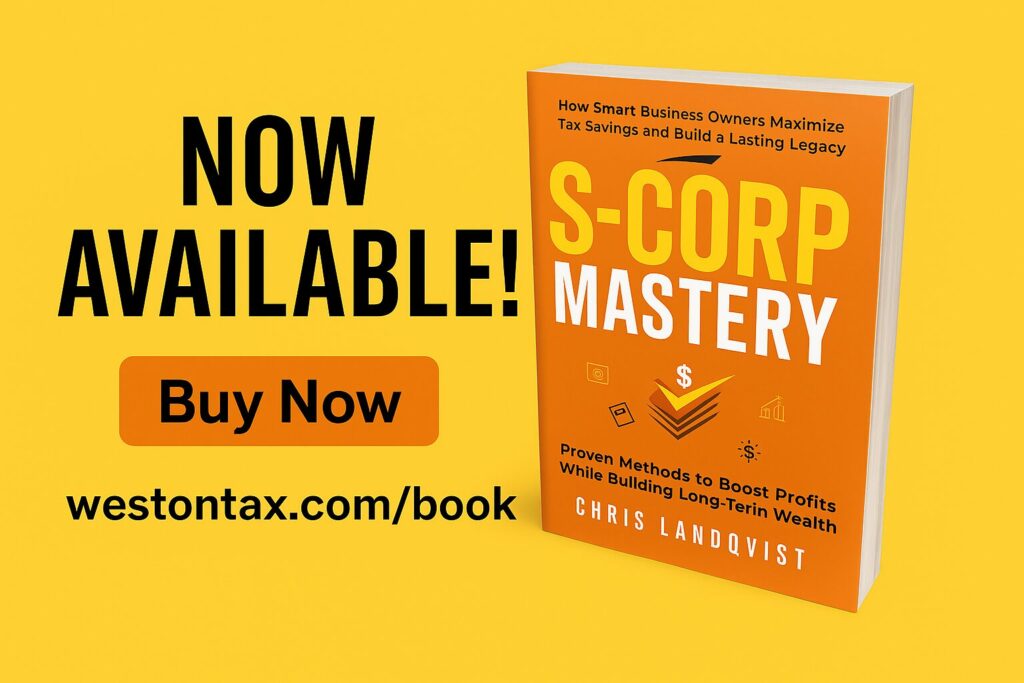Planning for retirement is one of the most important steps in securing your financial future. Yet, with rules and limits changing annually, navigating the details can feel overwhelming. As we move into 2025, new opportunities have emerged to grow your retirement savings through Individual Retirement Accounts (IRAs) and 401(k) plans.
Understanding these updates is crucial for reducing your tax liability and building long-term wealth. Let’s explore what these changes mean and how to make the most of them.
2025 Contribution Limits: What You Need to Know
The IRS adjusts contribution limits annually to account for inflation and to help Americans save adequately for retirement. This year, the contribution limits for IRAs stayed the same while 401(k) limits have increased… presenting a unique opportunity to boost your retirement savings and gain significant tax advantages.
For IRAs, the contribution limit remains at $7,000 in 2025, which is the same amount you could save in 2024. Personally, I was very surprised that no adjustment to inflation was taken into account for IRA’s. Remember, IRA’s come with several contribution restrictions based on your income.
Note that, all taxpayers filing as Single, the IRA deduction phases out when the modified adjusted gross income (MAGI) is between $79,000 and $89,000. For the taxpayers using the Married Filing Jointly (MFJ) status… the deduction phases out for MAGI between $126,000 and $146,000.
There is some good news on the Roth IRA front in 2025. The income limits for contributing to a Roth IRA in 2025 based on your filing status is:
- Single and Head of Household: The income phase-out range is between $150,000 and $165,000.
- Married filing jointly: The income phase-out range is between $236,000 and $246,000.
- Married filing separately: The income phase-out range remains between $0 (!!) and $10,000 (!!).
If you’re over 50, you can contribute an additional $1,000 as a catch-up contribution, for a total of $8,000. This increase applies to both Traditional and Roth IRAs, each offering distinct tax benefits. Traditional IRAs reduce your taxable income in the year you contribute, while Roth IRAs allow for tax-free withdrawals during retirement.
For example, Sarah, a small business owner with modest income now but higher projected income later, might prefer a Roth IRA to lock in her current low tax rate and enjoy tax-free income in retirement.
The contribution limit for 401(k) plans, however, did increase in2025. Now, you can contribute up to $23,500, compared to $23,000 in 2024. As per usual, there is a silver-lining for those aged 50 and older… there is an opportunity to add a catch-up contribution of $7,500 – making the total contribution limit $30,500.
In addition, there is also a specific catch-up contributions for individuals 60–63. These “pre-retiree’s” can contribute an additional $11,250, bringing the total 401(k) contribution to $34,750. This higher limit is a powerful tool for business owners and high-income professionals to save on taxes and build their nest egg.
Finally, there is also great news for entrepreneurs wanting to add another sprinkle of cash to their retirement party… what I’m talking about is of course the employer contribution limits. The combined employee and employer matching contributions for 2025 can total $70,000. Just to clarify, this limit is not just for entrepreneurs… but for W-2 employees as well. Now, I get it, being able to earmark $70,000 for your 401(k) may prove difficult for most people (it will likely be even harder to coax your employer to match your contribution to that level), but technically it is possible.
Take James, a tech entrepreneur, as an example. By maximizing his 401(k) contributions, he reduces his taxable income significantly while enhancing his retirement fund, a win-win for his financial strategy. Not to mention, putting away additional money that compounds over the years will grow exponentially over the years delivering solitude when you finally decide to retire.
Key Deadlines for 2025 Contributions
Understanding the deadlines for contributions is vital to maximize the benefits of these limits. For IRAs, contributions for the 2025 tax year can be made up until April 15, 2026, the same day as the tax filing deadline. This extended timeline allows you to assess your financial situation and make last-minute contributions to reduce your tax liability.
The deadline for 401(k) contributions typically aligns with the end of the calendar year. However, for business owners, employer contributions can be made up until the business’s tax filing deadline, including extensions. Staying organized and aware of these deadlines ensures you take full advantage of the new limits without missing out on potential tax savings.
Why These Limits Matter for Your Tax Strategy
The increased contribution limits are more than just a savings opportunity; they are a cornerstone of an effective tax strategy. Contributing to tax-advantaged accounts reduces your taxable income, which can lower your tax bracket and save you thousands of dollars in taxes.
Consider David, the owner of a successful construction business. By contributing the maximum amount to both his 401(k) and Traditional IRA, David reduces his taxable income by $30,000. This strategy not only helps him save on taxes but also builds a strong foundation for his retirement.
These limits also present a strategic opportunity for business owners to enhance their benefits package. Offering a competitive 401(k) match, for example, can attract top talent while providing significant tax advantages for the business itself. It’s a smart way to reduce tax liability while fostering employee satisfaction and loyalty.
Putting This Knowledge into Action
To take advantage of the increased contribution limits for 2025, start by reviewing your current retirement accounts. Evaluate how much you’ve contributed so far and determine how close you are to the new limits.
Consult a tax strategist to create a tailored plan that aligns with your financial goals, current income, and expected retirement needs.
Automating your savings is another effective way to ensure you consistently meet your contribution targets. Setting up automatic transfers to your IRA or 401(k) removes the guesswork and keeps your retirement goals on track.
If you’re a business owner, now is also an excellent time to revisit your company’s retirement plan options. Offering or enhancing a 401(k) match program can boost employee retention while maximizing your personal tax benefits.
Looking Ahead to a Secure Retirement
The increased contribution limits for IRAs and 401(k)s in 2025 provide a valuable opportunity to enhance your financial security. These adjustments are more than just a numbers game – they’re a chance to take control of your financial future and build a comfortable retirement.
By taking action now and incorporating these limits into your overall tax strategy, you’ll be well on your way to achieving your financial goals. One step in the right direction is to schedule a free consultation with us by clicking HERE.
Welcome to the New Age of Accounting. Let’s begin.

Chris is the Managing Partner at Weston Tax Associates, a best-selling author, and a renowned tax strategist. With over 20 years of expertise in tax and corporate finance, he simplifies complex tax concepts into actionable strategies that drive business growth. Originally from Sweden, he now lives in Florida with his wife and two sons.











